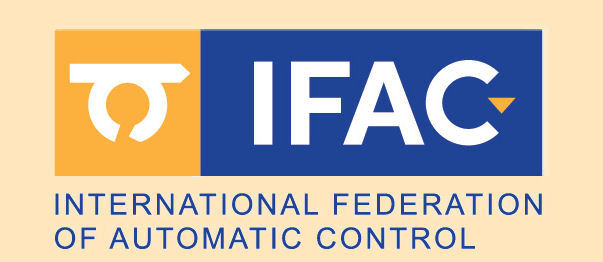| Paper MoB1.6
Pla, Benjamín (Universidad Politécnica de Valencia), Bares, Pau (Universitat Politecnica de Valencia), Aronis, André (Universitat Politècnica de València), Pinto, Douglas (Universitat Politècnica de València), di Blasio, Davide (Institute of Advance Automotive Propulsion Systems, University o), Fletcher, Tom (IAAPS, University of Bath), Burke, Richard (University of Bath)
Optimal Control of the Power Split for a Turbocharged Fuel Cell Vehicle Considering Air Path Dynamics
Scheduled for presentation during the Regular Session "Modelling, optimization and diagnostics of fuel cells" (MoB1), Monday, June 16, 2025,
17:10−17:30, Kapel
AAC 2025 11th IFAC International Symposium on Advances in Automotive Control, June 15-18, 2025, Eindhoven, Netherlands
This information is tentative and subject to change. Compiled on May 31, 2025
|


 This site is protected by copyright and trademark laws under US and International law.
This site is protected by copyright and trademark laws under US and International law.